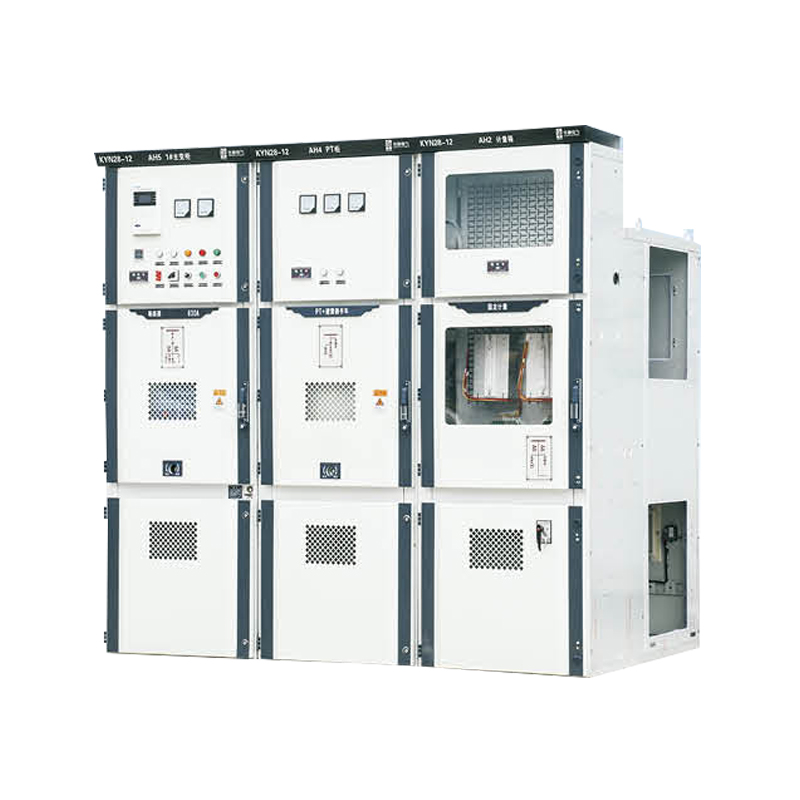Industry News
Mobile Photovoltaic Cabin: Trends in Off-Grid Energy, Design, and Technological Integration
Mobile Photovoltaic Cabin is gaining attention as a practical solution for powering remote locations, emergency sites, and temporary projects. Combining solar generation with storage and control systems, this type of cabin provides reliable electricity in areas where grid access is limited or unavailable.
Mobile Photovoltaic Cabin: Off-Grid Energy System Solutions
Off-grid applications are one of the main drivers of mobile photovoltaic cabins. Construction sites, disaster relief zones, rural clinics, and field research stations all require dependable power without relying on centralized infrastructure. A well-designed cabin typically includes solar panels, batteries for storage, controllers to manage charging, and inverters to deliver usable current.
Energy system design often depends on the type of load. For example, a cabin serving a medical unit might require stable electricity for refrigeration and diagnostic devices, while a cabin supporting a construction project may need higher peak power for tools and equipment. The casting of the photovoltaic system into a mobile cabin format ensures that these units are both functional and adaptable.
Mobile Photovoltaic Cabin: Modular and Portable Design
Ease of transport and deployment is another important factor in the popularity of mobile photovoltaic cabins. Modular structures allow components such as panels, storage batteries, and cabling systems to be packed efficiently, shipped to site, and assembled without specialized equipment.
Lightweight frames and foldable solar panels are being introduced to make cabins more portable. More, quick-connect wiring and standardized mounting structures reduce installation time. These features enable workers to set up or dismantle cabins within hours, making them particularly useful for short-term projects or fast-response emergency operations.
Another benefit of modularity is scalability. Multiple cabins can be connected in parallel to increase capacity, creating a flexible energy solution for larger operations. This adaptability is becoming increasingly valuable for organizations that operate across different regions and require energy systems of varying sizes.
Mobile Photovoltaic Cabin: Smart Energy Management and Monitoring
Digital technologies are playing a larger role in optimizing how mobile photovoltaic cabins function. Many new systems are equipped with smart controllers that monitor energy production, storage, and consumption in real time. This data helps operators adjust usage patterns to extend battery life and maximize efficiency.
Remote monitoring is also important for cabins placed in challenging environments such as mountains, deserts, or disaster areas. Using wireless connectivity, operators can track performance, detect issues, and schedule maintenance without being physically present. Predictive analytics can identify when components are likely to fail, reducing downtime and repair costs.
Energy management software also supports integration with hybrid systems. For instance, cabins can be linked with wind turbines or backup generators, and smart controllers automatically balance input sources. This ensures that electricity supply remains stable under changing conditions.

Conclusion
The advancement of Mobile Photovoltaic Cabin highlights how solar energy, modular engineering, and digital monitoring can be combined into a single portable solution. Off-grid systems provide power where it is needed most, modular designs make deployment efficient, and smart energy management tools improve reliability and efficiency. These features demonstrate why mobile photovoltaic cabins are increasingly seen as an effective answer to the challenges of remote power supply.
Mobile Photovoltaic Cabin will continue to play a role in supporting sustainable development, emergency relief, and flexible industrial operations.
For product information and inquiries, please contact Huapu Company.
Next
European Style Fully Insulated Ring Network Cable Branch Box Supports Solar Power Infrastructure
<p>The<a href="/product/cable-branch-box-switch-station/" target="_blank&quo...
View MoreNews Center
- PRODUCTS
- New Energy Power Distribution Equipment
- Box Type Substation
- Cable Branch Box/Switch Station
- High Voltage Switchgear
- Low Voltage Switchgear
- Engineering Vacuum Circuit Breaker
- New Energy Vehicle Floor Charging Pile
- Commercial Energy Storage
- Photovoltaic Complete Box
- High Voltage Arrester
- INFORMATION
-
-
Phone+86-13868788848
+86-13356188725 -
Tel+86-0577-88810567
-
E-mail
-
AddNo. 59, Youyi Road, Xinguang Industrial Zone, Liushi Town, Yueqing City, Zhejiang, China
-
- ENQUIRE WITH US
Photovoltaic Module Manufacturer




 English
English  中文简体
中文简体  русский
русский  Español
Español  عربى
عربى 


